Nature never fails to amaze me. Who would’ve thought so many creatures would prey on hornets? Their painful stings and fierce and aggressive behavior make them seem like a pretty unappetizing mea to me. While hornets might seem like formidable insects that few creatures would dare to tangle with, they actually have quite a few natural enemies. From nimble birds to crafty mammals, plenty of other creatures make meals out of these stinging insects.
Blue Jays
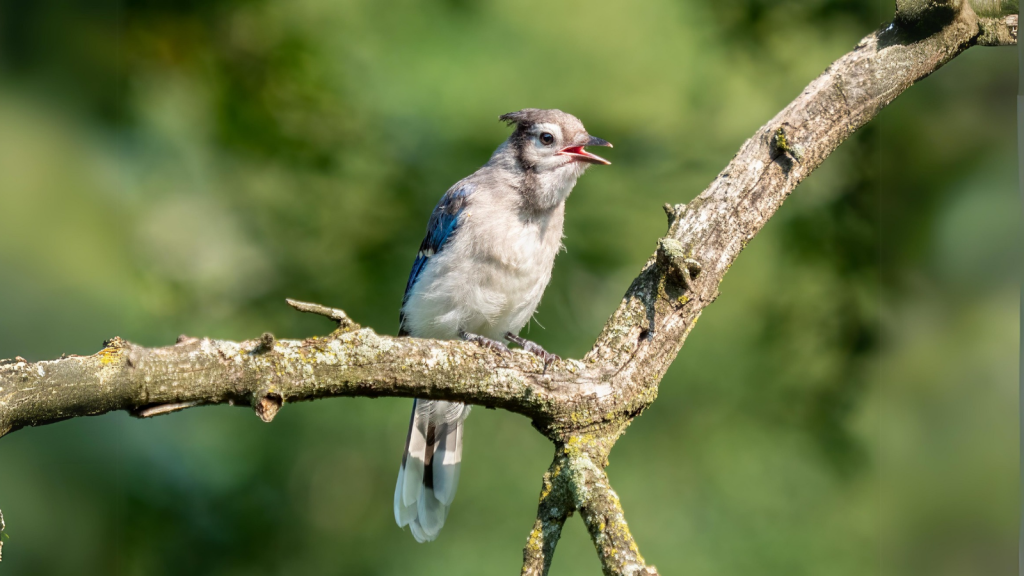
These vibrant birds are more than just a pretty sight in your backyard. Blue jays are known to be fearless predators of wasps and hornets. Their strong beaks and quick reflexes allow them to snatch hornets mid-flight or pluck them from their nests. Blue jays have even been observed rubbing crushed ants on their feathers, possibly to deter hornets and other stinging insects. Interestingly, blue jays can mimic the calls of hawks, which may help scare away other animals competing for the same food sources.
Praying Mantises
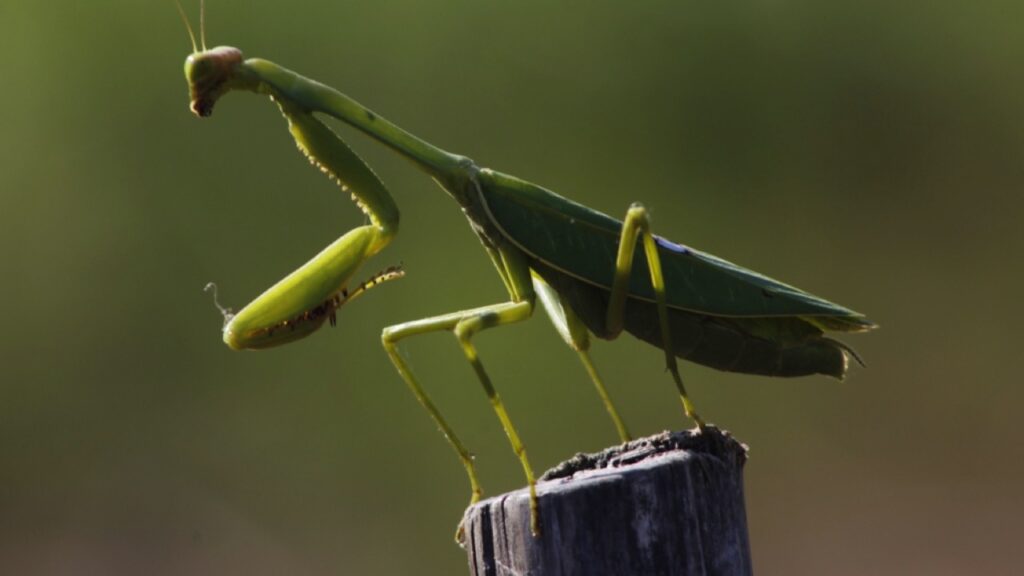
With their lightning-fast reflexes and powerful forelegs, praying mantises are skilled hunters of many insects, including hornets. These patient predators can remain motionless for hours, waiting for the perfect moment to strike. When a hornet comes within range, the mantis snatches it with its spiked front legs, quickly immobilizing its prey. Their excellent camouflage allows them to blend in with their surroundings, making them nearly invisible to both prey and potential predators.
Badgers
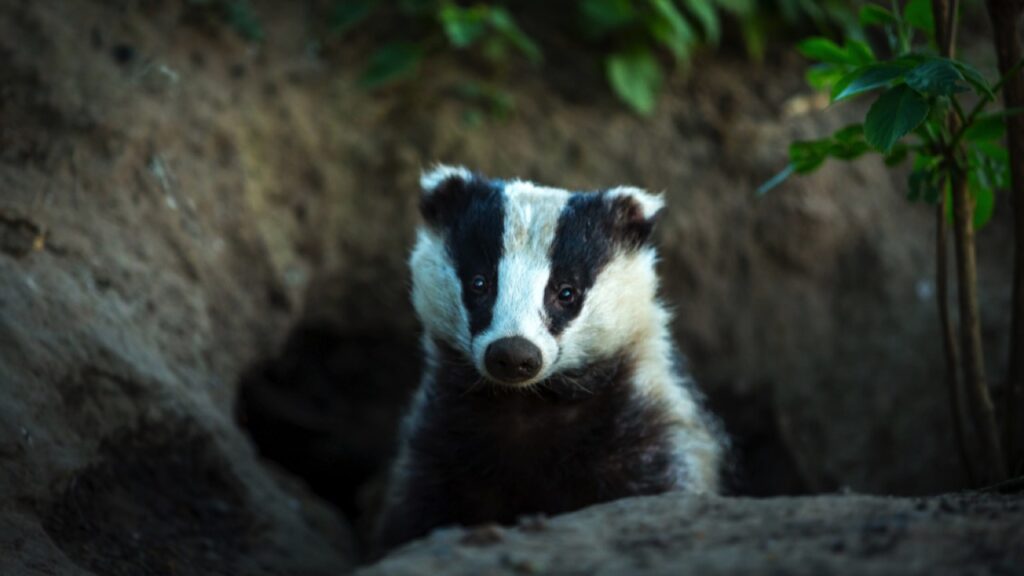
These stocky, ground-dwelling mammals might not seem like obvious hornet predators, but they’re actually quite adept at raiding hornet nests. Badgers have thick fur and tough skin that offers some protection against stings. They use their strong claws to dig out underground nests, feasting on both adult hornets and their larvae. Badgers have a keen sense of smell, which helps them locate hornet nests even when they’re hidden underground.
Geckos
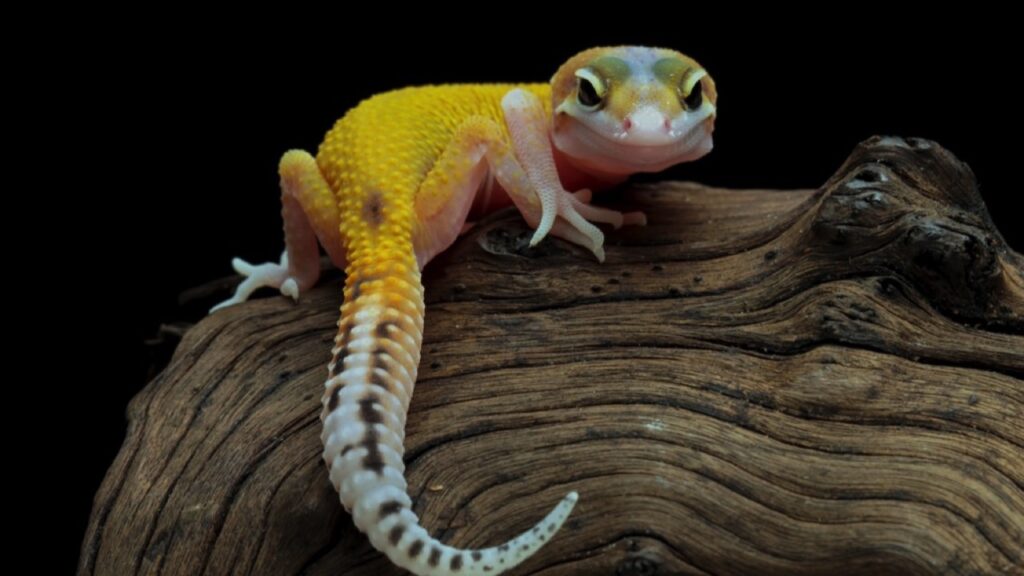
These small lizards are opportunistic feeders that won’t pass up a hornet meal if the chance arises. Geckos use their excellent night vision and quick tongues to catch hornets that venture too close. Their ability to climb walls and ceilings gives them a unique vantage point for hunting these flying insects. Many gecko species have specialized toe pads that allow them to stick to almost any surface, enabling them to chase prey in three dimensions.
Dragonflies
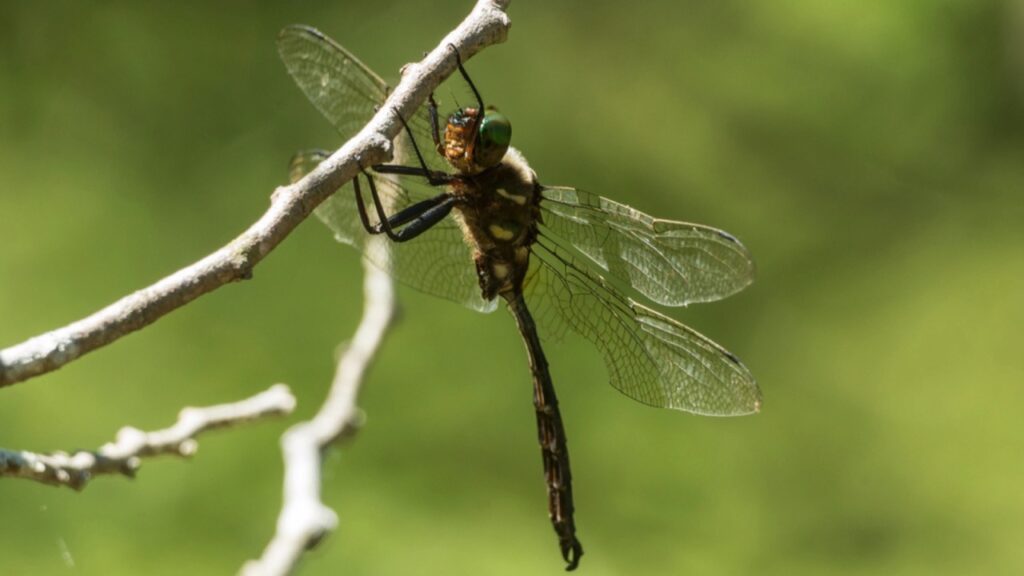
As aerial acrobats, dragonflies are well-equipped to catch hornets in mid-flight. Their large compound eyes give them nearly 360-degree vision, allowing them to spot and track their prey with incredible precision. Dragonflies can outmaneuver most flying insects, making them formidable predators of hornets and other wasps. Some dragonfly species can fly at speeds up to 35 miles per hour, making them one of the fastest insects in the world.
Robber Flies
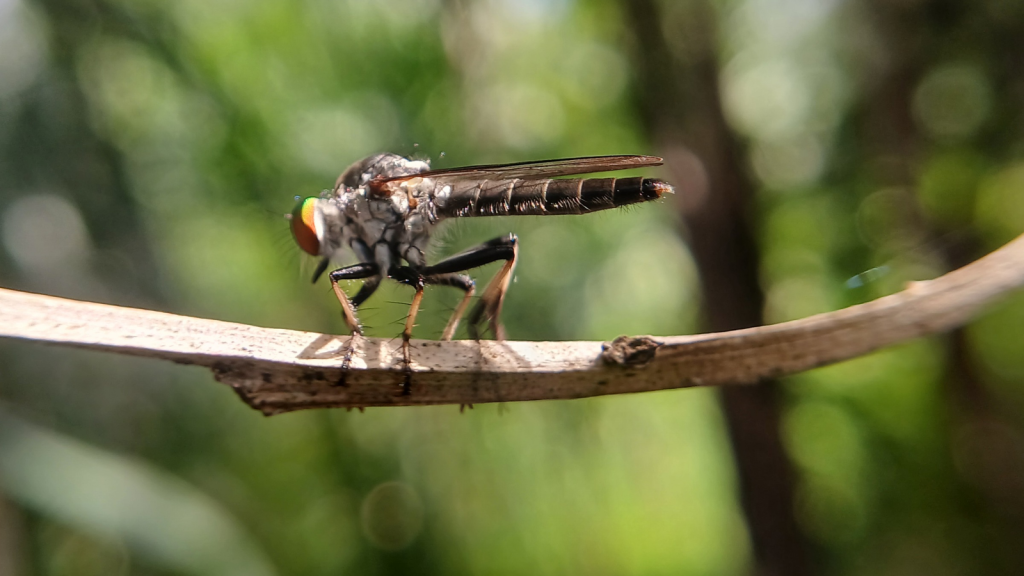
Don’t let their small size fool you – robber flies are fierce predators of the insect world. These flies have powerful legs and sharp mouthparts designed for capturing and consuming other insects, including hornets. They often perch on vegetation, waiting to ambush passing prey with surprising speed and accuracy. Robber flies inject their prey with saliva containing neurotoxins and enzymes that paralyze the victim and liquefy its insides for easy consumption.
Spiders
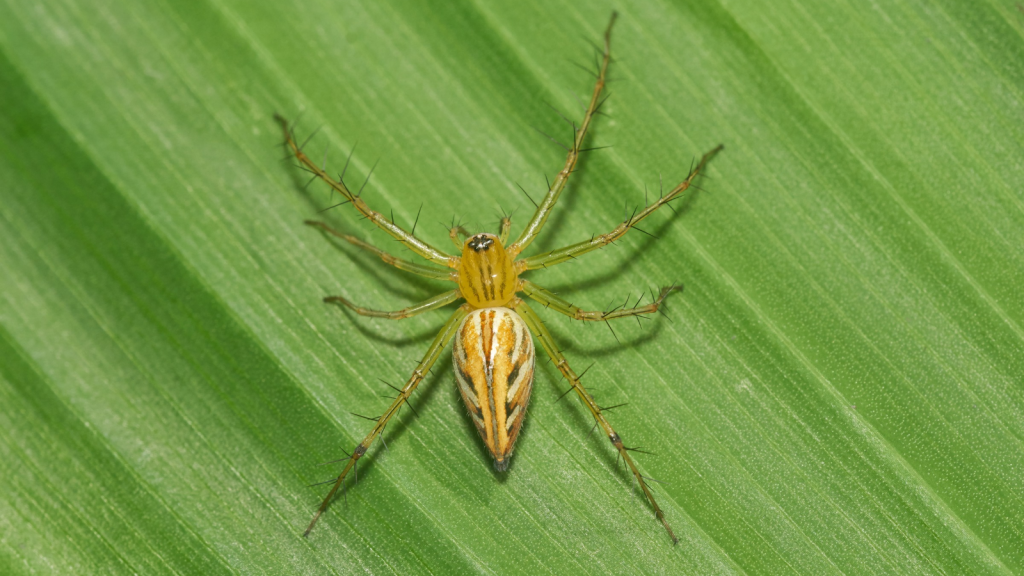
Many spider species are bold enough to take on hornets that become entangled in their webs. Orb-weaver spiders, in particular, can quickly immobilize trapped hornets with their silk. Some spiders even actively hunt hornets, using their venom to paralyze these stinging insects before consuming them. Certain spider species, like the assassin spider, have evolved specialized elongated necks and jaws to better catch and eat other spiders and flying insects.
Centipedes

These many-legged arthropods are voracious predators that will readily eat hornets if given the opportunity. Centipedes use their speed and venomous fangs to overcome their prey. Their flattened bodies allow them to squeeze into tight spaces, sometimes raiding hornet nests for a feast. Some centipede species can regenerate lost legs, which is useful when tackling dangerous prey like hornets.
Bee-eater Birds
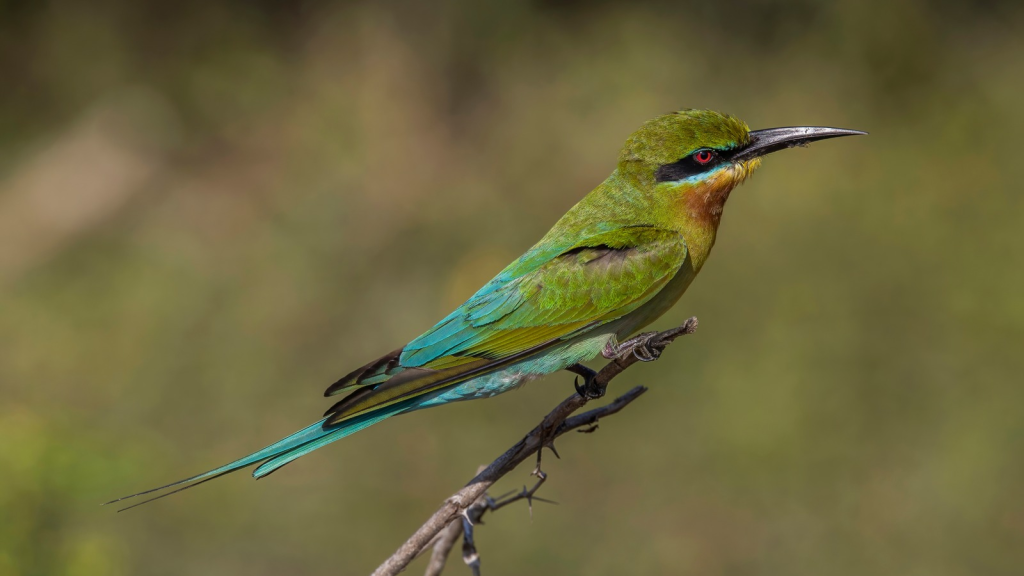
As their name suggests, bee-eaters are specialized in hunting flying insects like bees and hornets. These colorful birds have excellent eyesight and can catch hornets in mid-air. They’ve developed a technique of repeatedly hitting the hornet against a branch to remove its stinger before eating it. Bee-eaters often nest in colonies, which may provide added protection against hornet attacks and allow for cooperative hunting.
Skunks
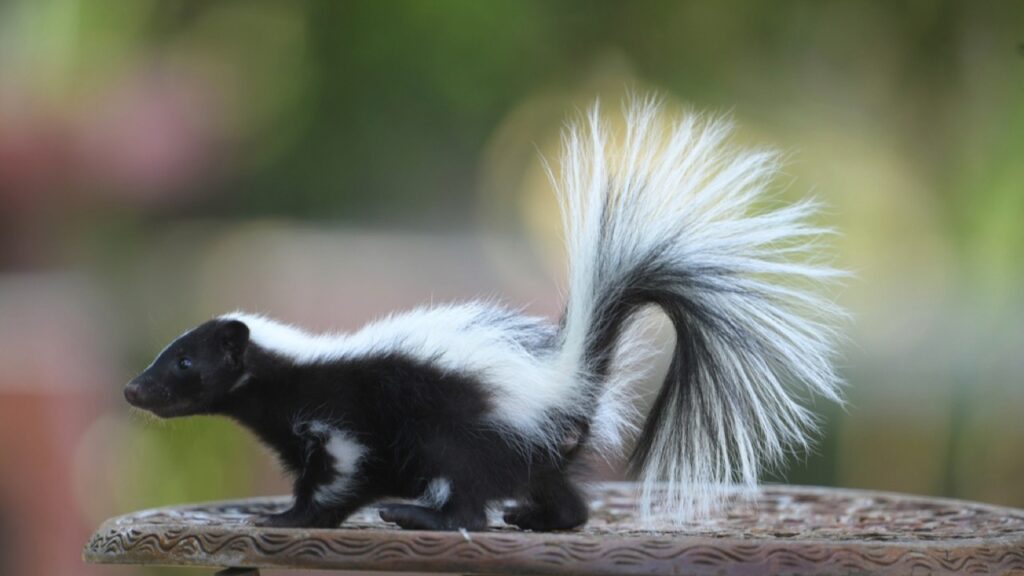
While known for their defensive spray, skunks are also opportunistic omnivores that won’t turn down a hornet meal. They often raid ground nests at night, using their thick fur as protection against stings. Skunks will eat both adult hornets and their protein-rich larvae. Their powerful front claws are excellent for digging up hornet nests, and they have a high tolerance for bee and wasp venom.
Honey Buzzards
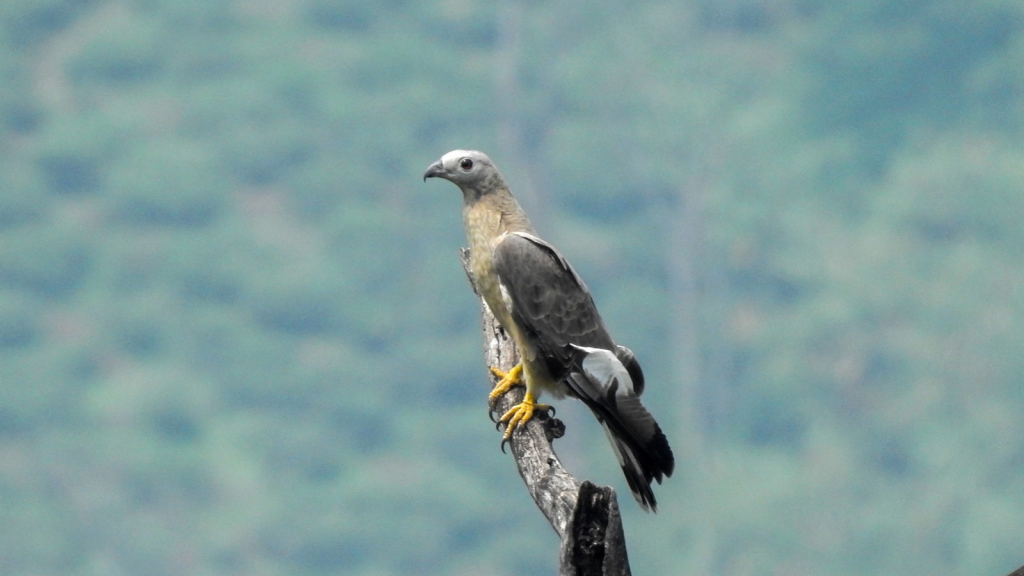
These birds of prey have a particular taste for wasps and hornets. Honey buzzards have special scales on their face and legs that protect them from stings. They use their sharp claws to dig out hornet nests from trees or the ground, feasting on both adults and larvae. Their keen sense of smell allows them to locate hornet nests from great distances, even when the nests are hidden from view.
Bears
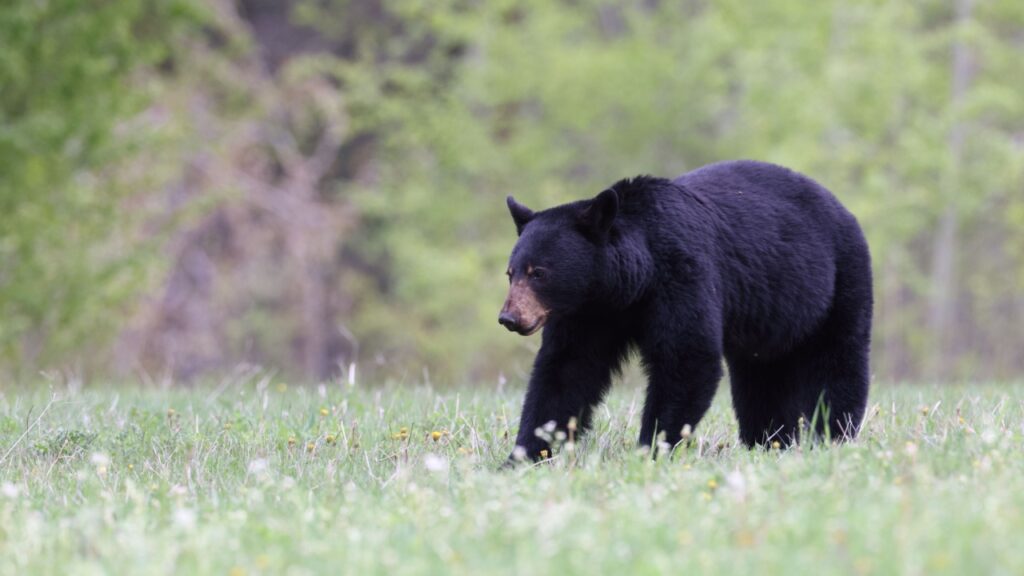
While not their primary food source, bears will occasionally raid hornet nests for a protein-rich snack. Their thick fur offers some protection against stings, and their powerful paws can easily tear apart nests. Bears are particularly fond of the larvae and pupae found inside the nests. Some bear species, like the sun bear, have exceptionally long tongues that can reach deep into nests to extract the nutritious contents.
Frogs
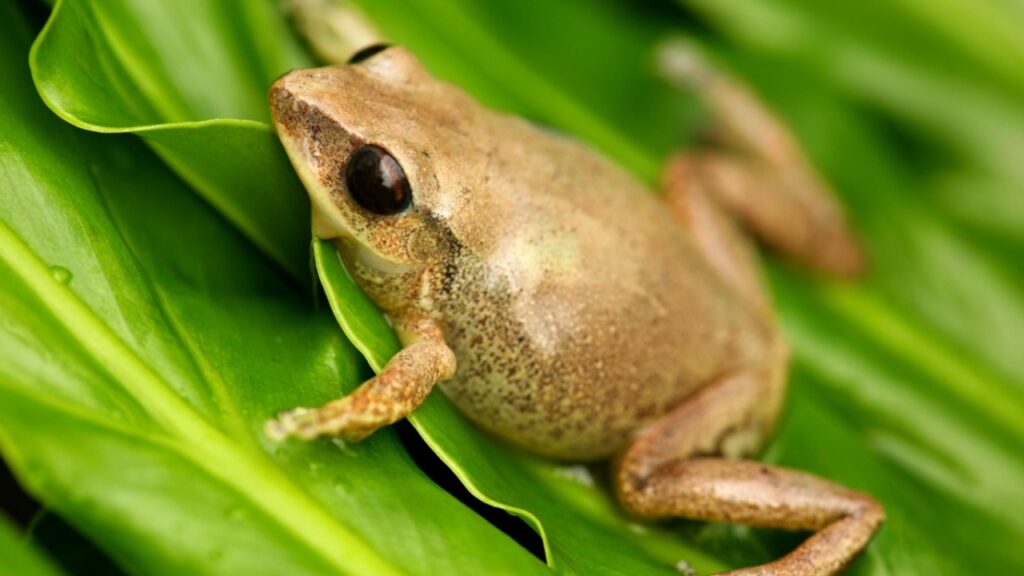
Many frog species are opportunistic feeders that will happily snag a hornet that comes within reach. Their sticky tongues and quick reflexes make them surprisingly effective at catching these flying insects. Some larger frog species may even actively hunt hornets near water sources. Frogs have excellent night vision, allowing them to hunt for hornets and other insects in low-light conditions.
Raccoons
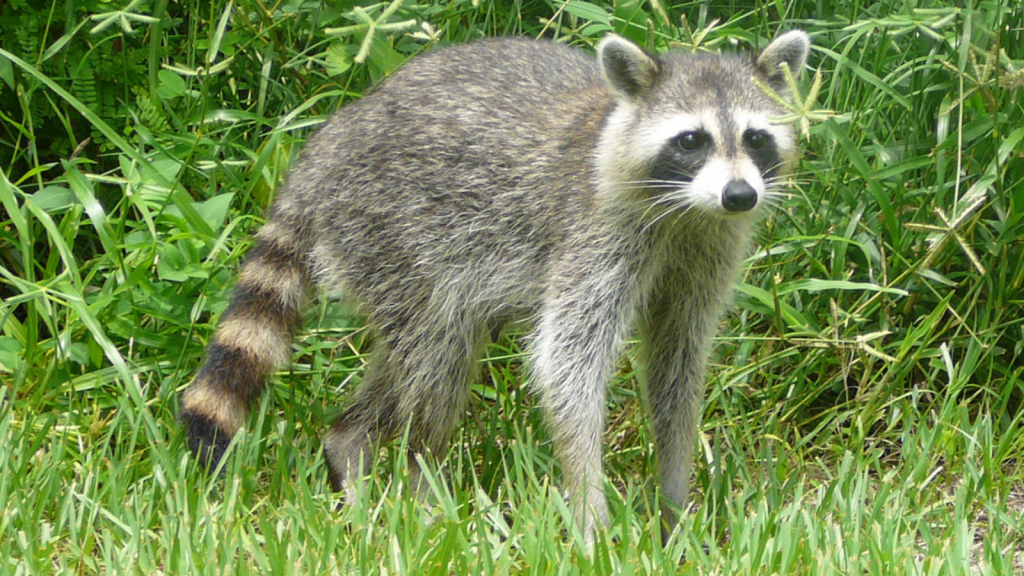
These clever omnivores have been known to raid hornet nests, especially those built close to the ground. Raccoons use their dexterous paws to carefully open nests and extract the juicy larvae inside. Their thick fur provides some protection against stings from angry adult hornets. Raccoons have a remarkable memory and problem-solving ability, which helps them remember successful hornet nest locations and techniques for accessing them.
Moths
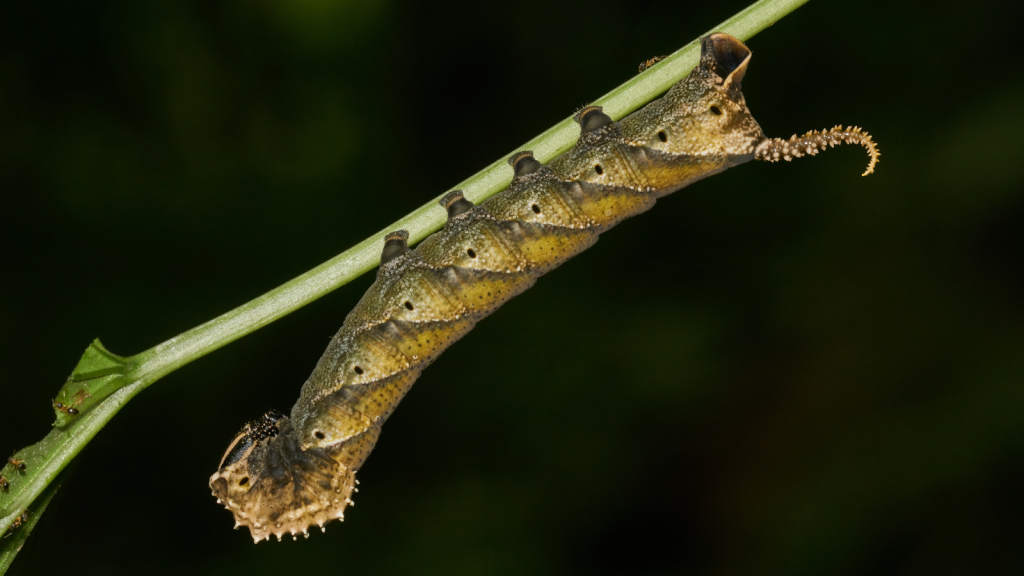
While we often think of moths as gentle nectar-sippers, some species are actually predators of other insects, including hornets. The death’s head hawkmoth, for example, has been observed raiding hornet nests to feed on honey and larvae. Its thick scales provide some protection against hornet stings. This particular moth species can even mimic the scent of hornets, allowing it to enter nests undetected.



